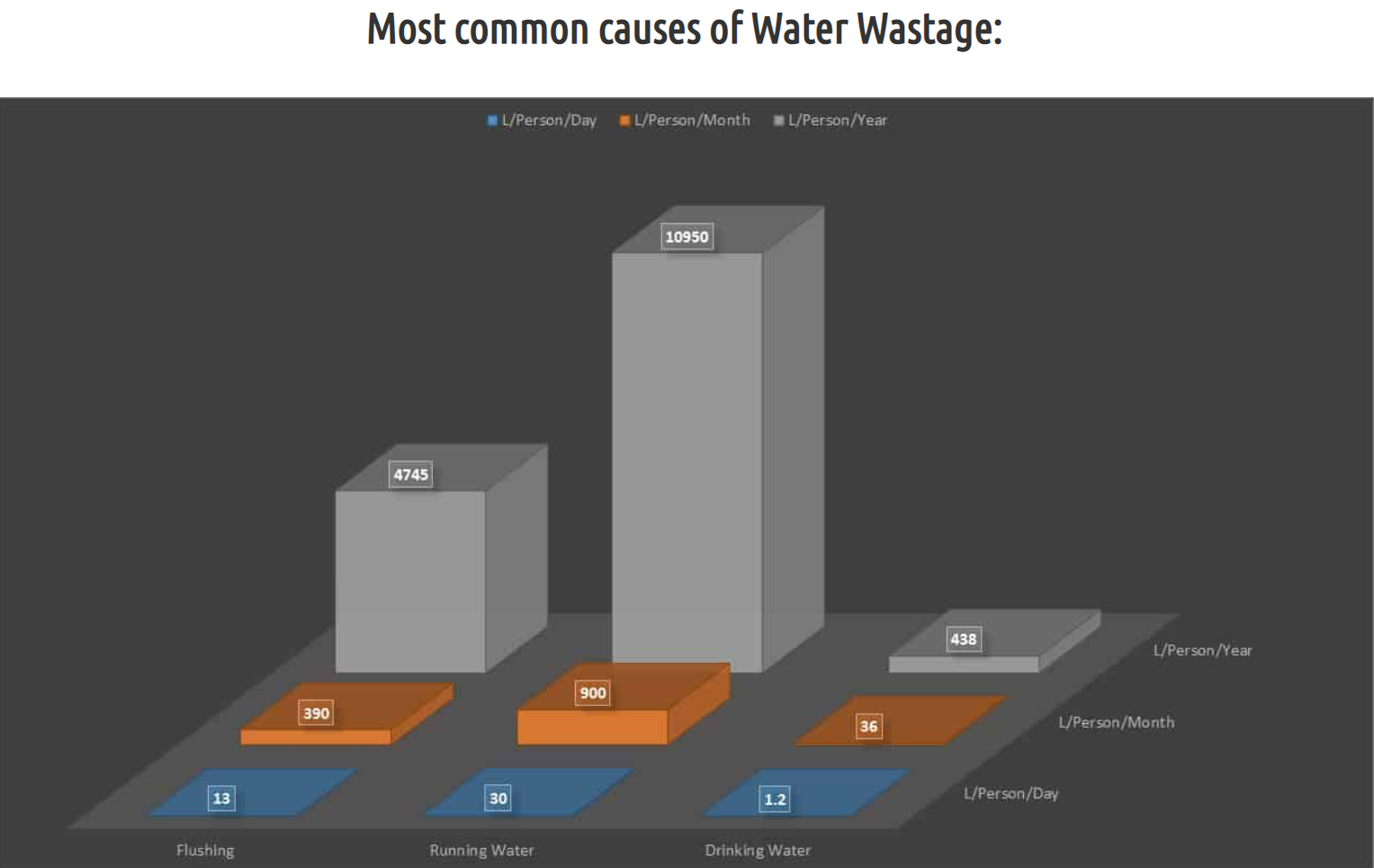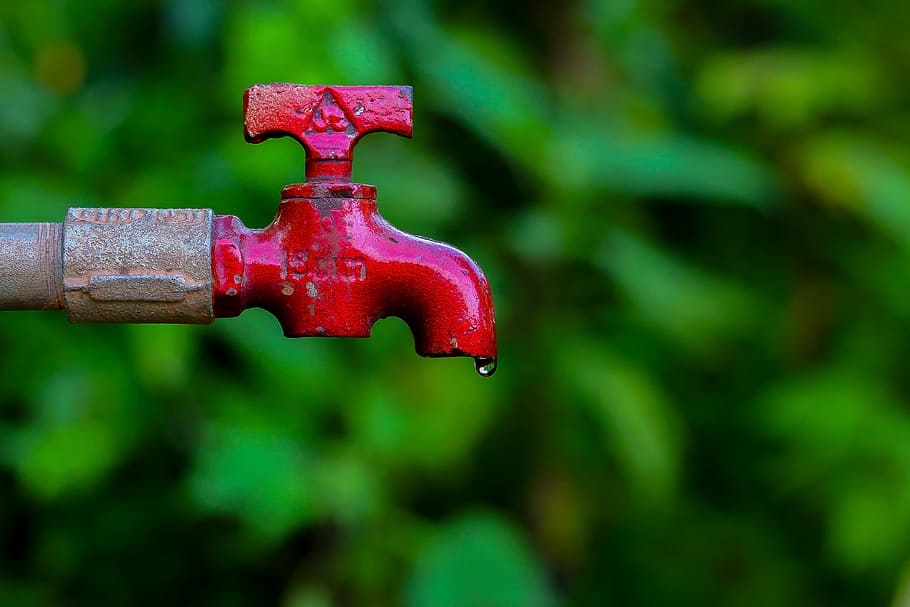In July of 2010, the United Nations General Assembly recognised the right to water and sanitation as a fundamental human right. However, 12 years later, all investments made in the sector have largely been proven insufficient to guarantee access to safe drinking water to approximately 844 million and sanitation to about 2.3 billion people.
Water water everywhere, not a drop to drink.
Sir Coleridge said so in the 18th century. Seems like we struggle with this situation to this day.
Approximately 125 million litres of water is wasted in India every day and about 163 million Indians don’t have access to clean drinking water. Over 500 children die of diarrhoea every day and about 21% of all communicable diseases are spread due to a lack of access to clean water and proper sanitation.
The main sources of water in the country, the rivers, are largely polluted and are considered unsafe by modern standards. The pollutants are both organic and synthetic and are extremely hazardous.

While the other causes of water wastage need habit building and increased awareness and public action, minimising NRW can be an objective process.
Efficient leakage recovery:
Leaking water pipelines due to bursts or cracks, is one of the primary causes of water loss. When a leak occurs, it can take days, weeks or even years before it is noticed, and locating the exact area in a wide-spread network is not easy.
Dividing water network in sections:
Dividing the supply network into district metering areas (DMA), is an effective technique that enables one to obtain a valuable overview of what is going on below the ground. Water losses can further be calculated in the sections individually, and operators are able to better strategise and prioritise their efforts and resources.
Quick assessment and repair:
Through this separation of the network efficiency of operators can be increased and target issues can be resolved immediately. With quick assessment, multiple resources are saved, and network activities can be resumed faster, causing less disturbance for all the network dependents. By investing in a targeted leak detection program, it is in most places possible to reduce the overall leakage in the distribution system by at least 40–50%.
Tackling illicit consumption:
Water theft, illegal connections and unauthorised use is a significant issues in many parts of the world. Applying the DMA structure is an efficient and effective way to obtain an overview of where illegal consumption of water takes place throughout the system. Also, there are practical ways to secure easy targets such as hydrants through constant monitoring using alarms.
In conclusion, water is a precious resource that must be preserved for future generations and the above steps help tackle the issue of water wastage in an objective and effective manner.
Written by
Solinas Integrity Private Limited,
Chennai.









